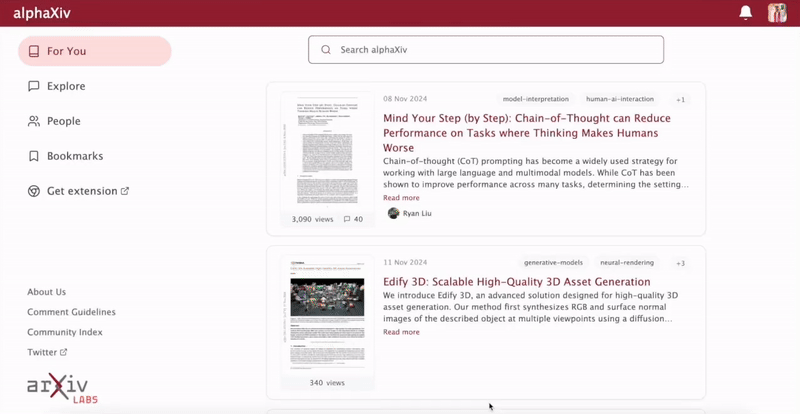We examine the Standard Model under the electroweak symmetry group
UEW(2) subject to the Lie algebra condition $\mathfrak{u}_{EW}(2)\not\cong
\mathfrak{su}_{I}(2)\oplus \mathfrak{u}_{Y}(1)$. Physically, the condition
ensures that all electroweak gauge bosons interact with each other prior to
symmetry breaking. This represents a crucial shift in the identification of
physical gauge bosons: Unlike the Standard Model which posits a change of Lie
algebra basis induced by spontaneous symmetry breaking, here the basis is
unaltered and
A,Z0,W± represent the physical bosons both before and
after spontaneous symmetry breaking. Our choice of
uEW(2)
requires some modification of the matter field representation of the Standard
Model. For
UEW(2), there are two pertinent representations
2
and its
U(2)-conjugate
2c related by a global gauge
transformation that squares to minus the identity. The product group structure
calls for strong-electroweak degrees of freedom in the
(3,2) and the
(3,2c) of
SUC(3)×UEW(2) that possess integer electric charge just like
leptons. These degrees of freedom play the role of quarks, and they lead to a
modified Lagrangian that nevertheless reproduces transition rates and cross
sections equivalent to the Standard Model. The close resemblance between quark
and lepton electroweak doublets suggests a mechanism for a speculative phase
transition between quarks and leptons that stems from the product structure of
the symmetry group. Our hypothesis is that the strong and electroweak bosons
see each other as a source of decoherence. In effect, lepton representations
get identified with the
SU(3)-trace-reduced quark representations. This
mechanism allows for possible extensions of the Standard Model that don't
require large inclusive multiplets of matter fields.





